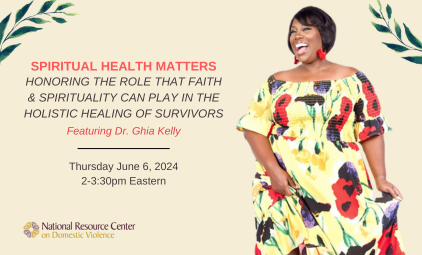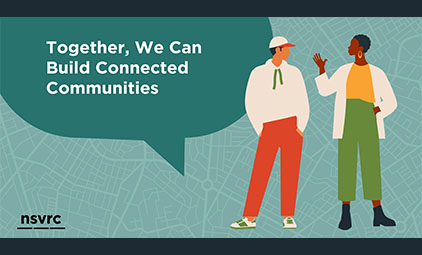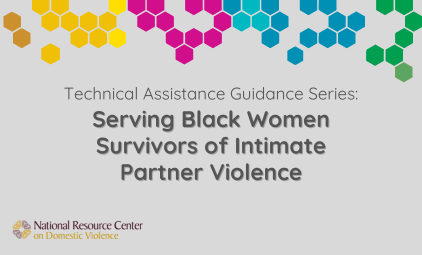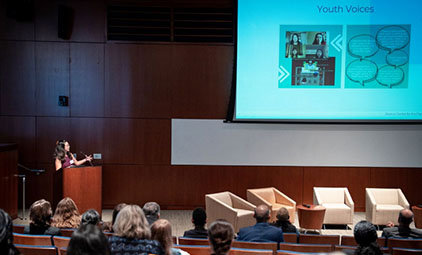It also explores why women did not report crimes to police, and the circumstances surrounding the crime, including the relationship between victim and attacker, and the protective actions the woman attempted.
Among its statistics, it found that in an average school year (a 7 month period):
- about 3 percent of college women experienced a completed and/or attempted rape; nearly 90% of those women knew the offender
- about 13 % of college women had been stalked; 4 out of 5 of these women knew their stalker and 43% of the women surveyed were stalked by a boyfriend or ex-boyfriend.
- a majority of sexual victimizations happened after 6 pm and 51.8% took place after midnight. About 40% of women had been drinking or taking drugs prior to the incidence
The study noted that projecting results beyond the period surveyed is problematic because it assumes a consistant rate of victimization (over the summer, etc.). However, if one calculated the survey's 7 month victimization figure over the average length of a college career (5 years), the completed or attempted rape rate might rise to between between 1/5th to 1/4 of all women in higher education.
The study included a comparison component conducted using methodology similar to that of the National Crime Victimization Survey (NCVS) conducted by BJS. Comparisons between NCVS and NCWSV studies illuminated how different study methodology can effect reported prevalence rates. For example, this NCWSV used behaviorally specific screen questions and generally found higher levels of reported victimization than the NCVS did.
The report was authored under grants from Bureau of Justice Statistics (BJS) and National Institute of Justice (NIJ).













